Getting guests to return after travel restrictions were lifted wasn’t a challenge for most hotels. But winning back the staff who left the industry has proven difficult. As a result, understaffing has become one of the pandemic’s toughest consequences for hotels. This creates new problems for an industry still recovering from months of closures. But while there’s no one solution, you can tackle several aspects of this challenge at once with the right tools.
An Old Problem Comes Back with a Vengeance
Finding and keeping great employees was never easy for hotels, even pre-pandemic. Turnover rates in the hospitality industry have always been relatively high. In the US, they reached nearly 74% in 2016. But the pandemic made it even worse.
Many hospitality businesses had to let go of competent personnel or furloughed them during the lockdown. However, when restrictions lifted and hotels sought to rehire former employees, many didn’t return. They had taken jobs in other industries that offered better working conditions and benefits.
As a result, approximately 1.6 million hospitality positions are open in the United States alone, yet few people want to fill them. The situation is similar in other nations such as the UK and Germany. Consequently, 94.5% of hotels say they’re understaffed today.
How Staff Shortages Affect Hotels
Understaffing brings an array of implications for a hotel. To begin, existing teams must shoulder a greater workload. They do overtime and have too many duties, negatively impacting their mental health. This results in a lower service standard and a reduced offering (e.g., limited opening hours of restaurants). A hotel’s reputation will take a hit when the guest experience deteriorates.
A lack of time will also lead to insufficient staff training, which means incredibly inexperienced team members will remain less productive. The worst outcome is closing outlets or stopping selling rooms because it means you’re losing revenue despite existing demand.
Hotels everywhere try to address these difficulties and attract new employees by offering higher salaries and better perks. This is an excellent method to make your workplace more appealing. But prepare for your profitability to take a hit at first until productivity improves and you can raise RevPAR.
Source: Hotel Effectiveness historical wage data, >5,000 hotels in the U.S.
It’s worth highlighting that not all hotels are affected by this problem in the same way. 5.3% of properties claim they’re not understaffed. This raises an interesting question: what do these hotels do differently?
The answer is straightforward: they take advantage of automation for more than their strongly-impacted competitors do. Let’s look at how that might work at your hotel.
Automation: Your Lifeline in Times of Understaffing
The objective of using automation is simple: save time by eliminating or minimizing the need for time-consuming and repetitive activities. Examples from the front desk include check-in/check-out, upselling, and repeatedly responding to the same inquiries.
Let’s take online check-in as an example. Here automation can free up your staff’s time and produce a better guest experience. The system requests guests supply their ID and credit card details before arrival. The PMS sends this information to the payment system via integration and all the formalities are done before the guest walks through the door.
Send guests a mobile key, and they no longer have to wait at all. They can enter their room immediately. They only need to pick up their key from the reception on arrival. This makes checking in easier for travelers and leaves your team with more time to engage meaningfully with guests.
Revenue Management: a Prime Candidate for Automation
Of course, automation can also work wonders in back-of-house departments. Revenue management has a lot of potentials since automated systems can take over manual tasks and help you generate more revenue.
Here are the three main elements of revenue management that you can automate.
1. Collecting and Organizing Data
Because the manual approach is so time-consuming, it seldom yields reliable, real-time data. As a result, you still make pricing and distribution choices with insufficient information and miss out on revenue opportunities.
An automated revenue management system (RMS) does this for you. It continuously gathers internal historical and on-the-books (OTB) data and real-time competitor and forward-looking demand insights in real-time. This shows live changes in demand, allowing you to act immediately based on the most up-to-date and accurate information.
2. Rate Updates
Updating your rates by hand is time-consuming. That means your team may only be able to modify prices long after demand has changed since they have a lot of other things to do. This likely costs your revenue opportunities and might lead to over-or undercharging.
An automated RMS can move things along faster. It gathers vast data sets 24/7/365 and analyzes them to identify live market changes. When the RMS detects a shift, you receive optimized price suggestions right away. The RMS sends these new rates to your PMS and distribution channels as soon as you approve them. That means the end of manual rate updates!
You can now maintain your positioning at all times and seize every opportunity. But if you don’t have time to check the RMS’ suggestions right away, you might still miss some chances.
Go one step further and implement fully automated pricing. This completely hands-off set-up allows the RMS to update room rates for you 24/7 automatically. It saves you the most time and guarantees that you make the most of every opportunity to drive room revenue.
A Real-life Example

Martin recounts: “Our small team handles many different tasks every day. We want to spend as little time as possible with each tool and still get the maximum. That’s one of the things we highly appreciate about Atomize. It automatically adjusts our room rates and captures revenue and pricing opportunities. This has eliminated the tedious task of manual price setting and at the same time improved our RevPAR, a double-win.”
3. Room Revenue Forecasting
Today’s unpredictable markets have made forecasting difficult because historical data no longer has predictive power. Collecting and evaluating data to make predictions and put forecasts together manually costs a lot of time. However, forecast accuracy will remain low because you’re forced to rely on your gut feeling.
An automated RMS speeds up your monthly forecasting process. It updates the room revenue projection using live market, demand, and OTB data. Whenever the marketplace and your prices change, the system automatically adjusts its predictions. This is also beneficial for operations teams as it allows them to better plan ahead and manages their resources. Simply speaking, your revenue forecasting process becomes dynamic.
As you can see, there are plenty of advantages to trusting an innovative RMS with automating revenue management tasks.
Free Guide: The Ultimate Combination of Tools for Successful Revenue Management
As a revenue manager, you know the two primary constraints in your field: data and time. Data is essential since it enables you to comprehend what is happening in your industry.
In this guide, you’ll learn how technology can improve your decision-making and increase your bottom line by enabling you to obtain higher-quality data quickly.
Click here to download the guide “Increase Your Revenue Management Performance with Hotel Tech”.
Automation helps smaller teams do more in less time; you can make the most of all revenue opportunities and increase your topline even in today’s turbulent markets. This allows you to offer more competitive pay and benefits without jeopardizing your bottom line. Given today’s tough competition for guests and staff, securing these advantages for your hotel is the only smart thing to do.
More Tips to Grow Your Business
Revfine.com is the leading knowledge platform for the hospitality and travel industry. Professionals use our insights, strategies, and actionable tips to get inspired, optimize revenue, innovate processes, and improve customer experience.Explore expert advice on management, marketing, revenue management, operations, software, and technology in our dedicated Hotel, Hospitality, and Travel & Tourism categories.

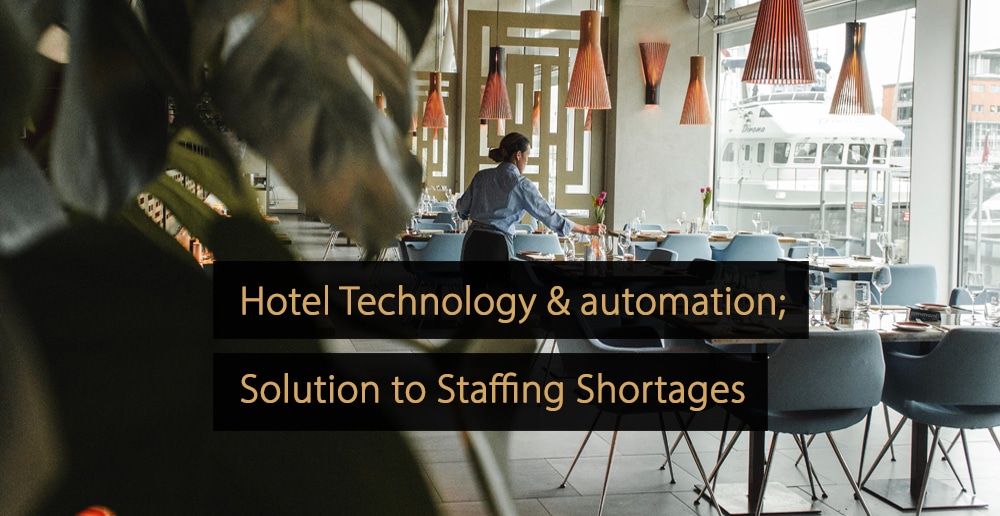
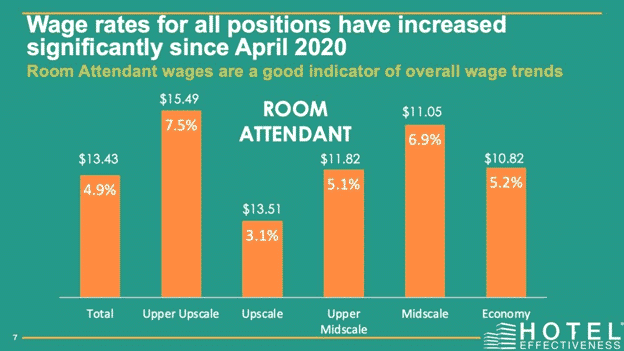

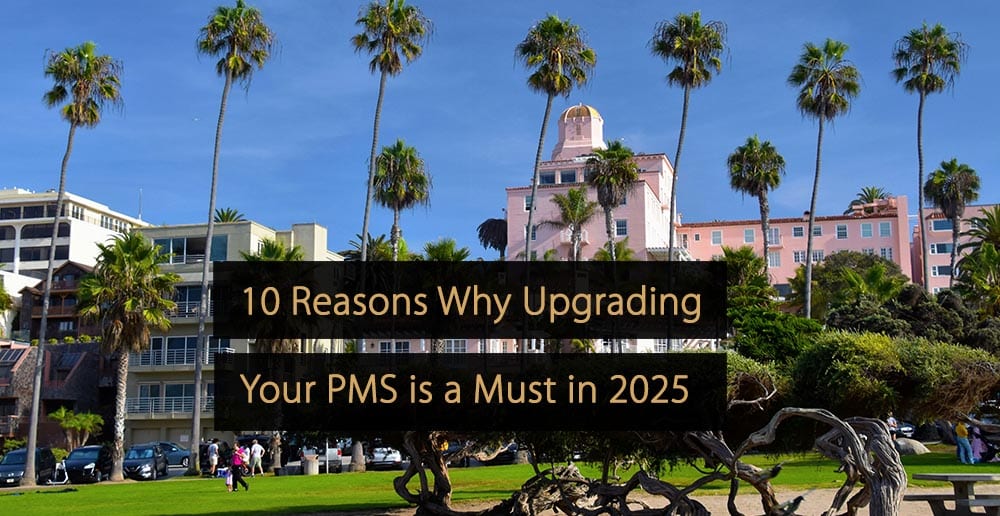

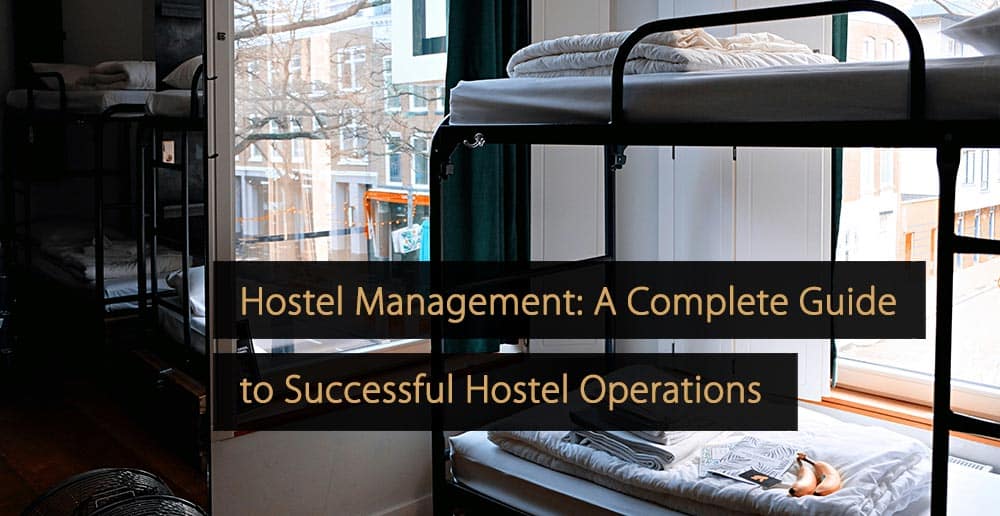
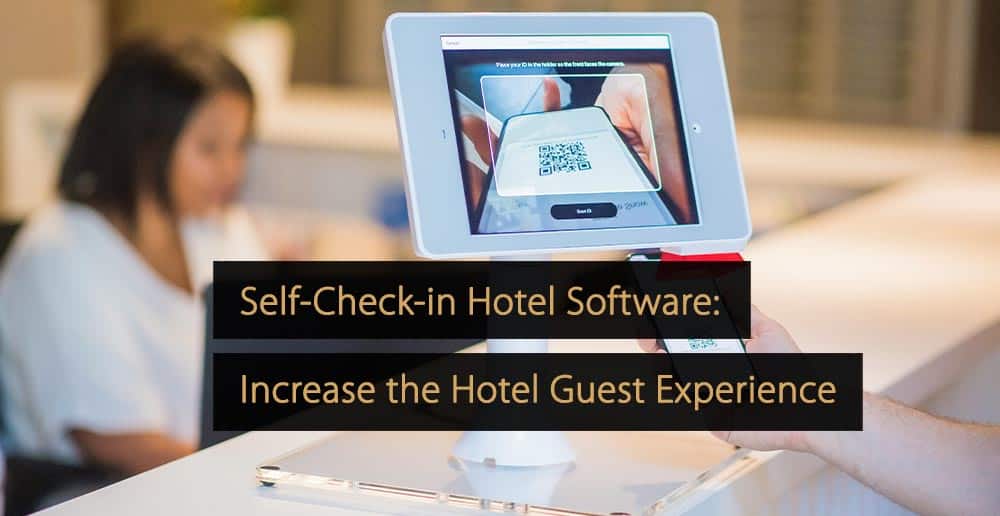

Leave A Comment